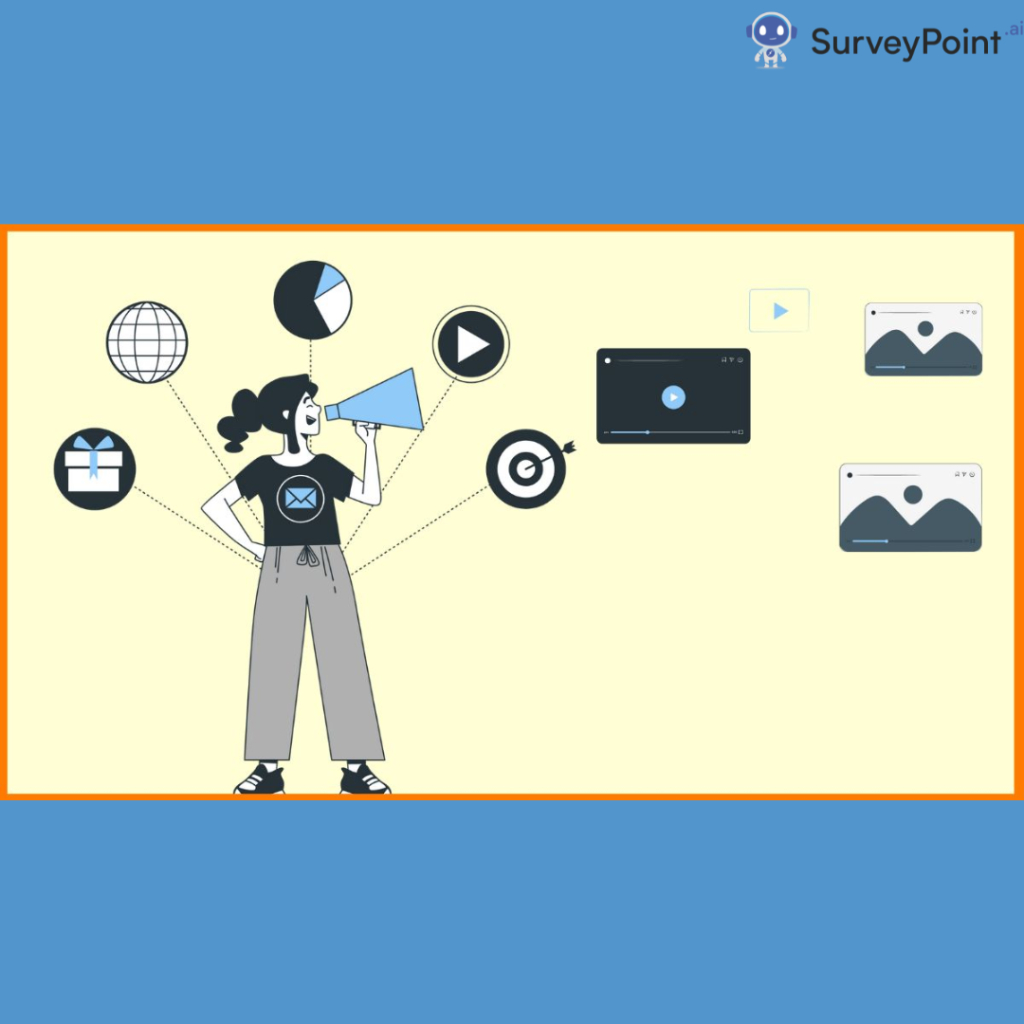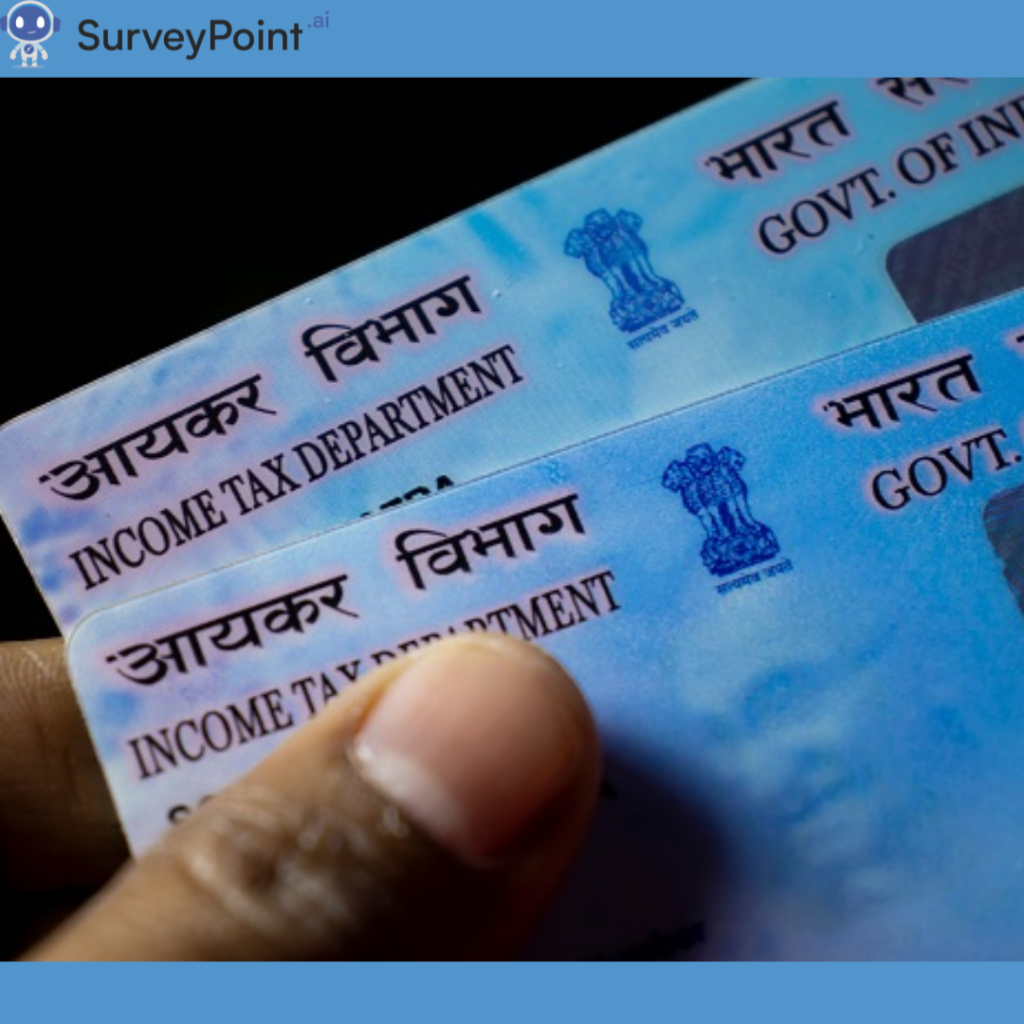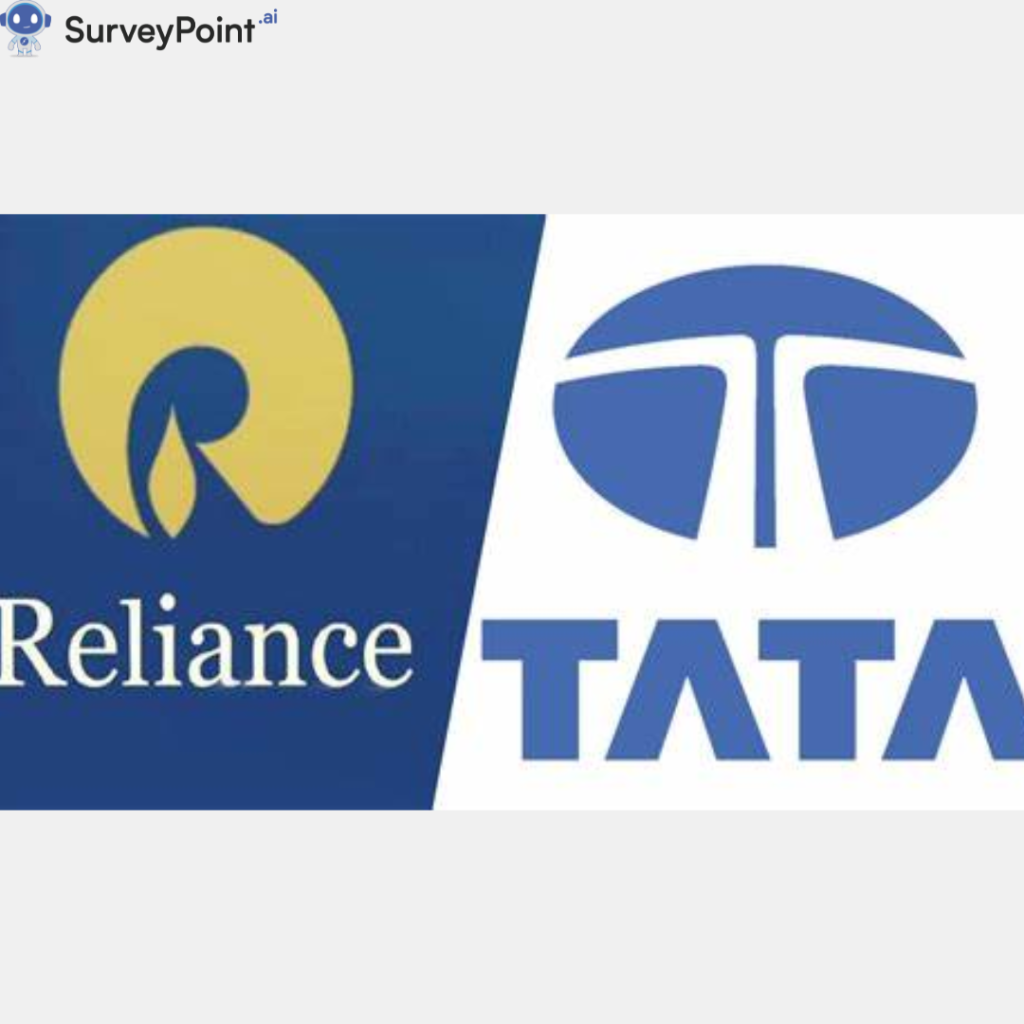
In today’s fast-paced world, marketing has become a key battleground for Indian companies seeking to capture the attention of increasingly aware and demanding consumers. With fierce competition and a market filled with diverse consumer segments, Indian businesses are turning to aggressive marketing strategies to not only boost brand visibility but also create strong customer loyalty. From innovative ad campaigns to leveraging the latest in digital marketing, Indian companies are pushing the envelope when it comes to engaging with their audiences. Here’s how they’re doing it.
1. Bold Advertising Campaigns and Controversial Ads
Indian brands are no strangers to bold advertisements. In fact, many companies are embracing provocative or even controversial ads to stir conversations and leave lasting impressions. This strategy can sometimes be risky, but if executed well, it increases brand visibility and creates buzz around the product. Brands like Zomato and Swiggy are known for their witty and quirky advertisements that often go viral on social media. These campaigns engage audiences by speaking in a relatable, humorous, and sometimes edgy tone.
In the fashion industry, brands like FabIndia and Tanishq have ventured into socially conscious advertising, which addresses sensitive issues and fosters inclusivity, thus gaining widespread attention. Although controversial ads can invite mixed responses, they keep the brands in the limelight, creating visibility and sparking meaningful conversations.
2. Influencer Collaborations and Celebrity Endorsements
Indian companies are leveraging the power of influencer marketing, collaborating with top influencers and celebrities to reach younger audiences. With platforms like Instagram, YouTube, and Twitter, influencers can reach millions of followers, giving brands a direct line to potential consumers. Companies like Mamaearth, Nykaa, and Lenskart have grown through extensive collaborations with influencers who resonate with their target demographic.
Celebrities, meanwhile, remain a mainstay of Indian advertising. Major players like PepsiCo, Reliance Jio, and Tata Motors frequently use Bollywood stars and sports icons to promote their products. This kind of endorsement builds a strong emotional connection with the brand, particularly in a market where celebrities are adored and followed widely.
3. Personalized and Targeted Digital Marketing
Digital marketing has opened up new doors for Indian companies to be more targeted and personalized in their approach. By analyzing consumer data, companies can craft specific messages tailored to individual preferences and buying behaviors. This technique is especially prevalent in sectors like e-commerce, where companies like Amazon India and Flipkart analyze customer habits to suggest products, offer discounts, and improve the shopping experience.
Through Google Ads, social media platforms, and email campaigns, companies are able to reach specific audience segments more effectively. Personalized marketing not only enhances the customer experience but also increases the likelihood of conversions.
4. Flash Sales and Heavy Discounts
Another aggressive marketing tactic is the use of flash sales, discounts, and offers, which Indian companies deploy effectively to drive sales and gain market share. E-commerce giants like Amazon, Myntra, and Big Basket frequently organize big sales with attractive discounts on popular products. These sales events create urgency among customers and often lead to higher purchase volumes within a short span of time.
The telecom industry, too, saw aggressive pricing strategies with the entry of Reliance Jio, which offered free data and calls to attract a massive customer base, shaking up the entire industry and forcing competitors to follow suit. This competitive pricing approach boosted Jio’s market share significantly and disrupted the telecom sector in India.
5. Guerrilla Marketing and Pop-Up Experiences
Guerrilla marketing is becoming increasingly popular as a way to create unforgettable brand interactions. It’s cost-effective, unconventional, and has a strong impact. Durex is a prime example of a brand that uses creative guerrilla tactics to engage consumers with humor and clever messaging. Similarly, Ola and Uber have used pop-up marketing strategies and guerrilla marketing during festivals to engage with users and promote their services.
The beauty and cosmetics brand Nykaa frequently holds pop-up stores in shopping malls, which allow customers to experience their products firsthand. These temporary setups attract customers by offering exclusive deals, giveaways, and product demos, creating a more personal and memorable brand experience.
6. Leveraging the Power of Regional Content
India’s diverse linguistic and cultural landscape offers a unique opportunity for brands to reach audiences through regional content. Companies are increasingly recognizing the importance of engaging with consumers in their preferred language and cultural context. Unacademy and Byju’s have successfully tapped into regional markets with targeted content in local languages, making education more accessible and relatable.
Streaming platforms like Netflix India and Amazon Prime Video also invest in regional language content, understanding that regional programming can broaden their reach in the Indian market. By using local languages and region-specific themes, brands show a deeper understanding of their consumers, which helps build trust and loyalty.
7. Social Media Campaigns and Viral Challenges
In the age of social media, creating viral content has become a powerful way to reach younger audiences. Companies regularly use viral challenges, hashtags, and user-generated content to boost brand interaction. Swiggy’s #WhatsInAName campaign, which encouraged people to share their funny or interesting food ordering habits, created a huge response online. Red Bull, with its adventure-focused challenges, inspires consumers to engage with its brand in an interactive and exciting way.
By encouraging user-generated content, brands can achieve greater engagement levels and build a community around their products. This approach fosters a sense of belonging among consumers and spreads brand awareness in an organic way.
8. Corporate Social Responsibility (CSR) Initiatives as Marketing
Many Indian brands integrate CSR into their marketing strategies to highlight their commitment to societal issues. Brands like Tata, ITC, and HUL have actively promoted their CSR efforts, aligning their brand image with ethical values. Tata Tea’s Jaago Re campaign, for instance, focused on social issues, from voting awareness to women’s empowerment, resonating with consumers and building a positive brand image.
By connecting with consumers on values that matter to them, these companies foster brand loyalty, making customers feel good about supporting socially responsible businesses.
Conclusion: The Power and Impact of Aggressive Marketing in India
Aggressive marketing has become a necessity in the Indian market, with brands constantly innovating to capture attention and stay relevant. While the tactics are bold, they reflect a deep understanding of the diverse consumer landscape and leverage creativity to establish meaningful connections with audiences. As Indian companies continue to push boundaries, consumers can expect even more engaging and immersive brand experiences in the future.
For businesses, the message is clear: staying competitive requires more than just quality products or services. To stand out, companies must be willing to embrace creative, bold, and sometimes aggressive marketing strategies that capture the attention and loyalty of a diverse and dynamic consumer base. For more information checkout- surveypoint.ai




